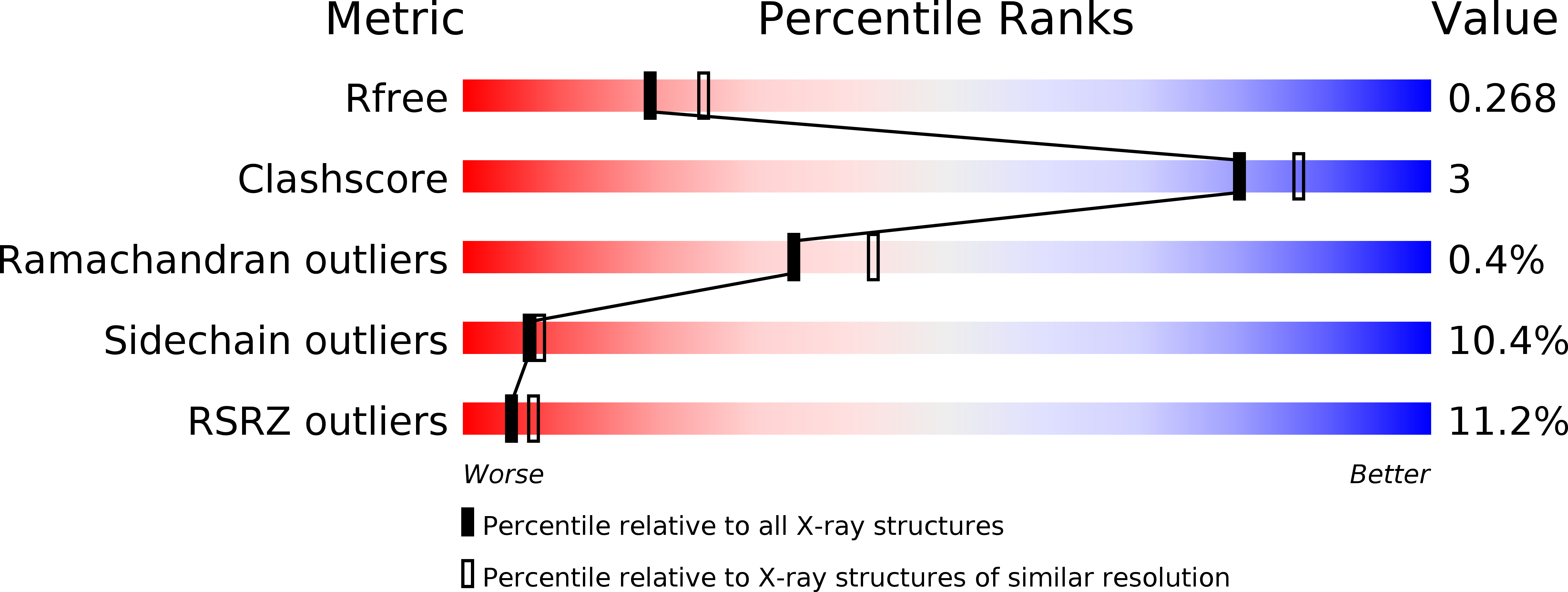
Deposition Date
2011-01-21
Release Date
2012-01-11
Last Version Date
2024-11-27
Entry Detail
PDB ID:
3QFJ
Keywords:
Title:
The complex between TCR A6 and human Class I MHC HLA-A2 with the modified TAX (Y5F) peptide
Biological Source:
Source Organism:
Homo sapiens (Taxon ID: 9606)
Host Organism:
Method Details:
Experimental Method:
Resolution:
2.29 Å
R-Value Free:
0.27
R-Value Work:
0.21
R-Value Observed:
0.22
Space Group:
C 1 2 1


